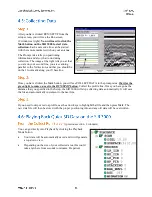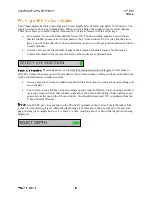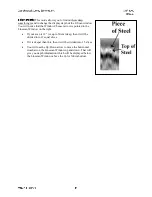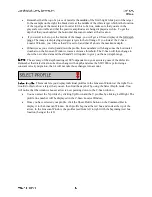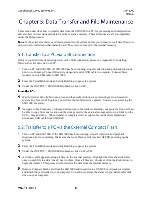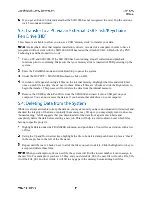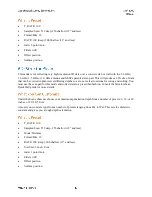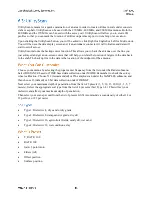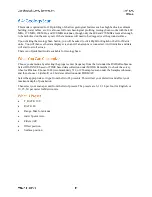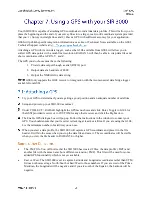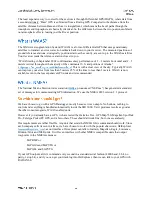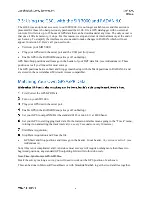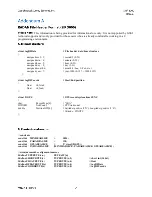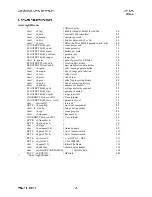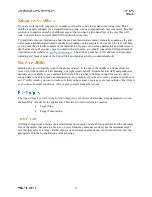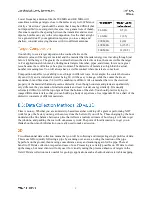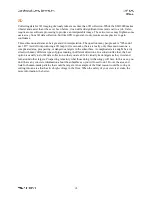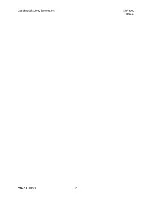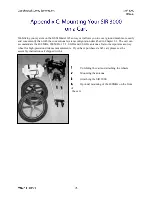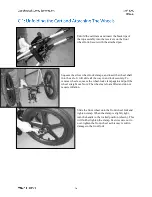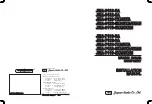
The least expensive way to correct for these errors is through Differential GPS (DGPS), where data from
a second stationary “Base” GPS is subtracted from a Roving GPS. Compared to the distance from the
satellite, distance between Base and Rover is insignificant, which means the travel paths through the
ionosphere and troposphere are basically identical. So the difference between the two positions subtracts
out atmospheric effects, leaving just the Rover position.
The Wide Area Augmentation System (WAAS) is a form of differential GPS that uses geostationary
satellites to transmit an error correction estimate back down to your receiver.
The measured positions of
ground reference stations, strategically positioned across the country, are sent up to the WAAS satellites.
Your receiver reads the reference station closest to you.
“WAAS testing in September 2002 confirmed accuracy performance of 1 – 2 meters horizontal and 2 –3
meters vertical throughout the majority of the continental U.S. and portions of Alaska.”
(
) This is with a clear view of the sky. Typically WAAS
can improve your error from less than 5 meters 95% of the time to less than 3 meters. WAAS is now
available even in the less expensive GPS units and is recommended.
The National Marine Electronics Association (
, pronounced “NEE’ma”) has generated a standard
set of messages for communicating GPS information. We use the NMEA 0183 version 2.1 protocol.
We have chosen to go with a GPS Datalogger, mostly because it is so simple. No buttons, nothing to
control and everything is handled automatically inside the SIR 3000. Yet it produces results as good as
the other consumer-grade, WAAS enabled units.
However if you already have a GPS, we have tested the Garmin eTrex, GPS Map76S, Magellan SporTrak
Pro, Teletype PocketPC GPS, and a few others. These should all work fine, but not as seamlessly.
Our requirements are rather flexible. Any unit that sends the NMEA GGA command should work. Since
each company sells its own interface, we have chosen to work with the popular shareware, OziExplorer
(
), as our interface. Oziexplorer can talk to Garmin, Magellan, Eagle, Lowrance,
Brunton/Silva and MLR units. It will even interface with other NMEA compatible units that output
waypoints in the NMEA sentences:
$GPRMC or
$GPGGA and $GPVTG or
$GPGLL and $GPVTG
If your GPS outputs a GGA command every second in a standard serial fashion (4800 baud, 8 bit, no
parity,1 stop bit), and if you can get your tracklog into OziExplorer, then we can talk to your GPS with
RADAN 6.0.

